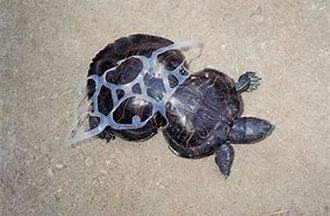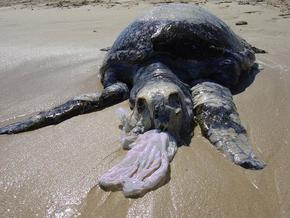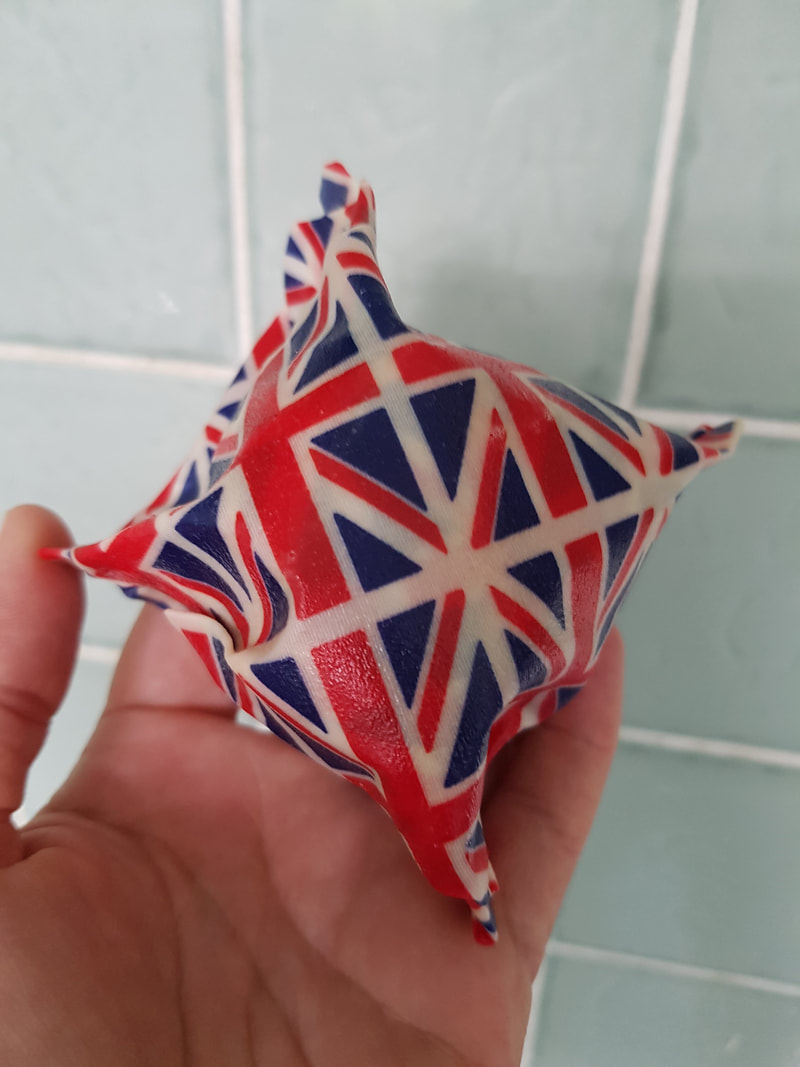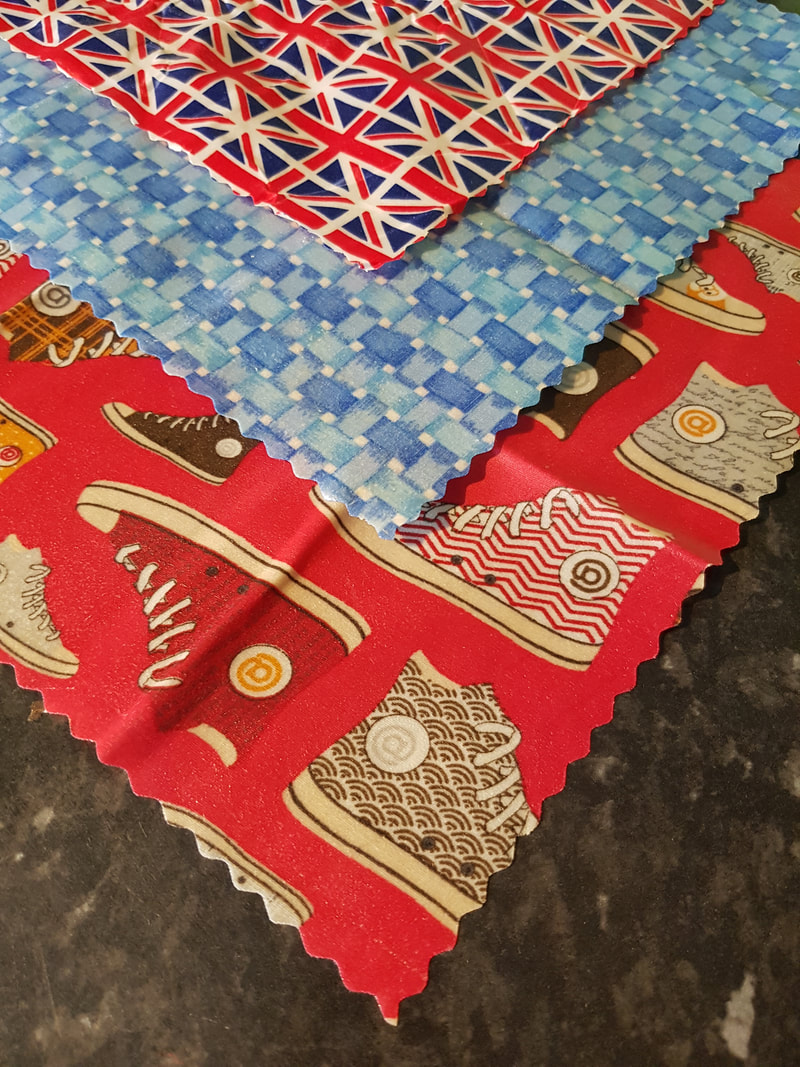Today is the 1st of August and it marks the end of my month-long challenge for July: Don’t use any cling film.

Thirty-one days, and no cling film. Is it possible???
I am so chuffed to be able to say I have used zero cling film (or plastic wrap, in many other countries) in July!!
I’m really keen to reduce the amount of plastic which comes through my house. Yes, we (my husband and I) are dedicated recyclers, recycling whatever is possible with our Bristol bin system. Annoyingly, coloured plastic - like the boxes mushrooms often come in – cannot be recycled, just the clear stuff, but we’re lucky in that it’s quite a wide scheme in our city. However, I wanted to remind you, dear reader, that being environmentally ‘better’ is not just about what you can recycle; what about reducing the amount of plastic that actually gets collected and used in the first place?
Remember the old adage, possibly from school? REDUCE, REUSE, RECYCLE!
Reducing should be the first option of waste management practices at home, school, work and out-and-about. Reuse is a great second option, and recycling should occur when none of this is possible.
Here's two photos I've found today on the internet of how plastic can loops and plastic wrapping can affect sea turtles - likely killing them in both of these cases, ultimately.
So why my focus on cling film? I have known for a long time that cling film is an environmental devil in sheet form, but I haven’t done much about it. Cling film is just so darn useful, available, and easy! It is however, not recyclable, and not really reusable. The stickiness of the cling seems to be a single use thing. Cling film, incidentally, can also be really dangerous when it’s heated (like in a microwave), but we never do this, as the chemicals in it leach into the food. Another good reason to drop the cling, though!
How did I cut out cling film, then? Well, I didn’t do it alone. I made sure El Husbandio was on board. Essentially, I hid the cling film box. This not only reminded us not to use the cling film, but put it out of sight so we didn’t even consider it, nine times out of ten.
I also had amazing support from one of my best friends, Louise (yep, there’s been a Terrible Two for over 20 years now!) who lives in Switzerland. She’d clocked my cling film challenge announcement on Facebook and recommended using beeswax wraps – see photos below – and I replied I had considered them, they were just a bit pricey at £15 each. The star that she is, Louise posted me some almost without delay.
Note for you creative types: You can make your own beeswax wraps – try this method from the Moral Fibres blog.
I have to admit, I’m glad I have beeswax in my anti-plastic arsenal, but I’ve not used them every day, as I had expected. Reusable plastic boxes have become a firm default in putting leftover food or half cans of beans in, and I’ve always used Tupperware style boxes for my lunchbox at work. If you still like the sound of a wrapping, Bowl Overs look good – let me know if you use these, I’d be interested to know.
Plastic boxes dominate so much now, I have even noticed an unexpected benefit of using foil less (a lesser evil than cling film, as it’s recyclable, but still using unnecessary resources); one sandwich wrapper – annoyingly on day 31 of the 31 day challenge! – when all our plastic boxes were being used. There’s not much getting away from lining baking trays when roasting meat, though.
Back to plastics: Some of you may know that I run my own business, 280 Bakes. It’s a home baking network, and I now have five bakers baking for me and delivering cakes. Business use of cling film is a bigger challenge... Our cakes need to be covered and presented nicely, and some we cannot get away from using cling film with. A few, like birthday cakes and cupcakes, do get delivered in cake boxes, but the occasional customer wants the cake wrapped well enough “to survive a bus journey”, which is where the cling film comes in. Like anything environmentally-friendly, boxes are a more expensive option for the bakers to use for transport, so often loaves are wrapped in cling too, where no icing has been used (e.g. a lemon drizzle or an apple cake).
We do have a Corporate Social Responsibility Policy which mentions our environmental stance, but more work needs to be done with reducing cling film use in 280 Bakes, along with a few other do-able environmental actions. This will be more challenging than reducing domestic cling film use, given it's currently five bakers and not just me and El Husbandio, working from five separate kitchens, with different attitudes to the environment and varying budgets. Watch this space!
There will also, of course, be a marginal financial saving made on not buying so much (if any) cling film and less foil. I do wish I’d weighed how much cling film I’d previously been using in a monthly period to get a full picture of the saving, but I hadn’t got my project management head on when I set the challenge!
FUN FACT! Cling film is apparently also used in treating burns, covering fresh tattoos, and preventing paint rollers from drying out. What can we think of to combat these, if anything?
Would you consider going cling film free?
Lou x





 RSS Feed
RSS Feed
